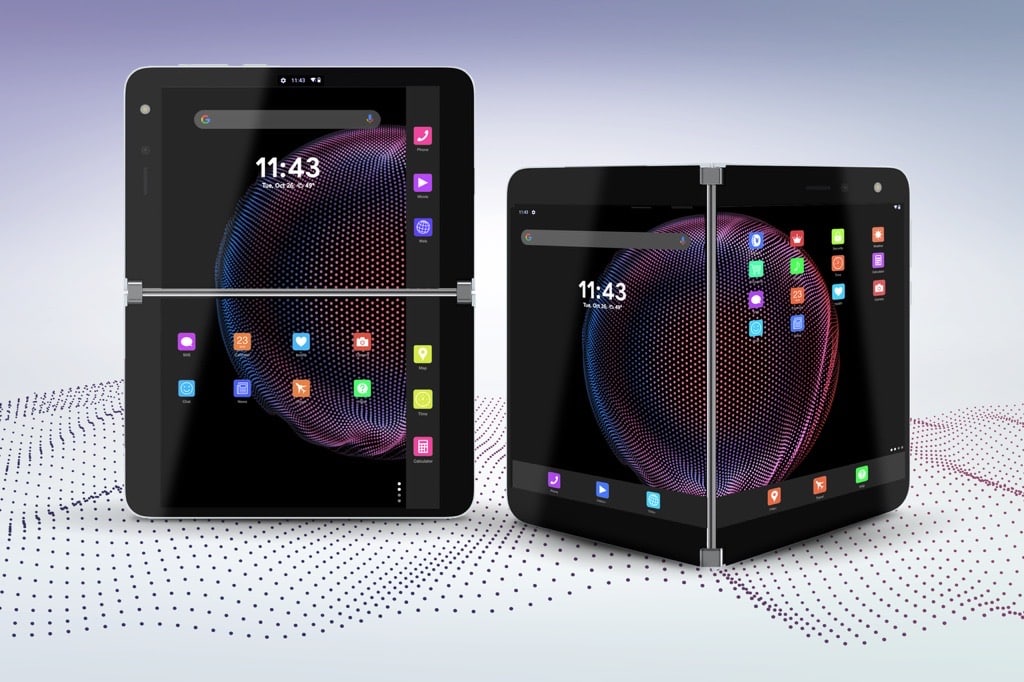Research: productivity on large and dual screens devices

We claim that using large and dual screens drives user productivity. But is that really the case?
Flipping back and forth between different applications doesn’t seem productive. But, that is how we use our smartphones today. Compared to other advances in the smartphone user experience, multitasking is lagging.
Trying to cram in two windows side by side in a normal size smartphones shrinks the views too small for most users. That’s why large screen, foldable and dual screen phones were invented. They are widely available and gaining popularity as users discover that convenience matters more than being able to fit the device in one’s pocket.
But do we have any evidence about productivity when it comes to the use of larger or multiple screens?
Interested in creating Android experiences? We have a free online event for the Android app development ecosystem.
Watch the DESIGN. CODE. LAUNCH event recording!
Dual screen productivity has been studied extensively
In the PC world, that is. However, there isn’t much research yet available on productivity of dual screens smartphones. But let’s zoom out and see what the studies on personal computing show, and see if they may apply across device forms.
- A University of Utah study, sponsored by NEC Display Solutions, concluded that dual screens have a 33 percent lower error rate than single screens.
- A Wichita State University study from 2015, commissioned by Dell found that dual monitor users are 18% more efficient, allowing users to view and compare more information simultaneously, improving task accuracy and overall efficiency.
- Jon Peddie Research found an average productivity increase of 42% when users worked with two monitors instead of one.
- According to a 2020 Forrester report on ‘How to Optimize Your Hybrid Workforce’, 80% of users believe that a larger display monitor would positively affect their work performance.
And so on. There are also contrary findings, but they represent a small minority.

Evidence shows that large screens are superior to smaller ones
- Researchers from Aalborg University and the University of Patras investigated the impact of a mobile phone’s screen size on users’ effectiveness, efficiency, and perceived usability in 2013. They concluded that users who interact with larger than 4.3” screens are more efficient during information-seeking tasks. To put things into context, 4.3” was a supersized display back then. iPhone 6 launched 2014 with 4.7 and 5.5” options, upgrading from the 4.0 inch of the previous generation.
- An IMCOM study from 2018 found that phone screen size is directly related to how well students do on a test.
- The University of Michigan found in 2019 that screen size matters: Consumers are less attentive to news content on small screens.
Emerging conclusion
There isn’t yet a lot of research that focuses specifically on the benefits of dual screens mobile devices. As long term mobile development experts, we are comfortable in claiming that large and dual screens do drive productivity.
We can use desktop dual screen and mobile large screen studies as a proxy. The research results support our intuition. We also expect the first studies on mobile dual screen use will conclude that such devices do in fact improve user efficiency, effectiveness, as well as user satisfaction.
